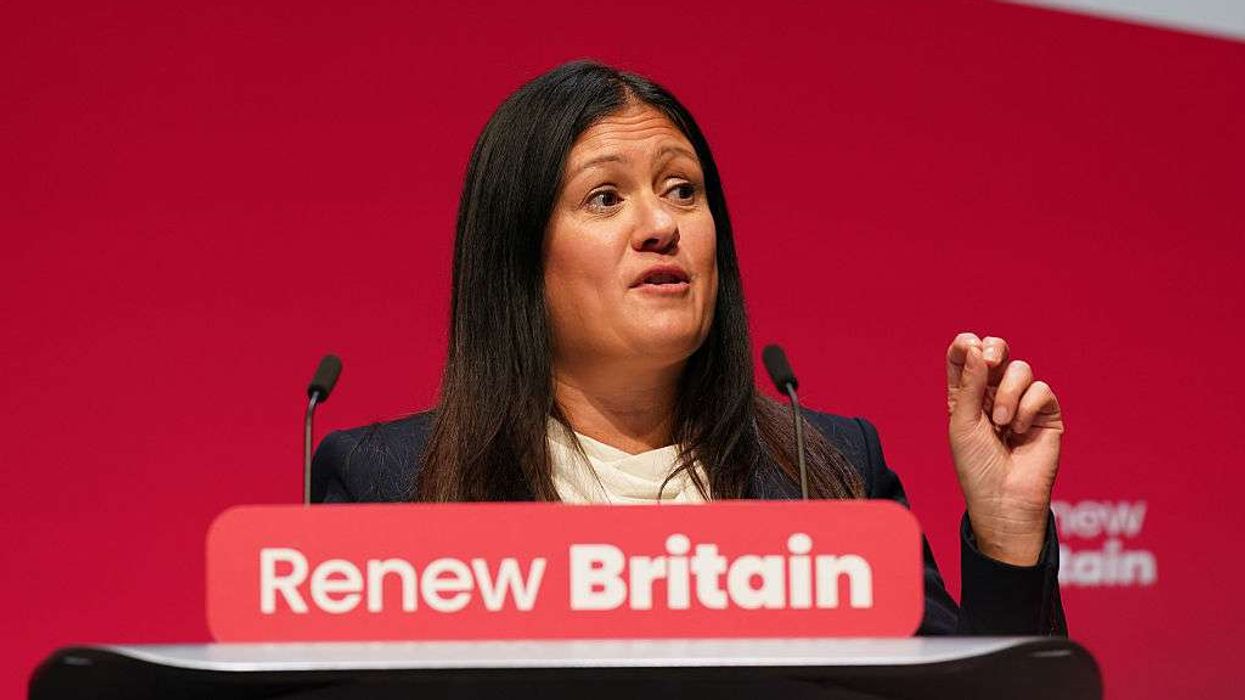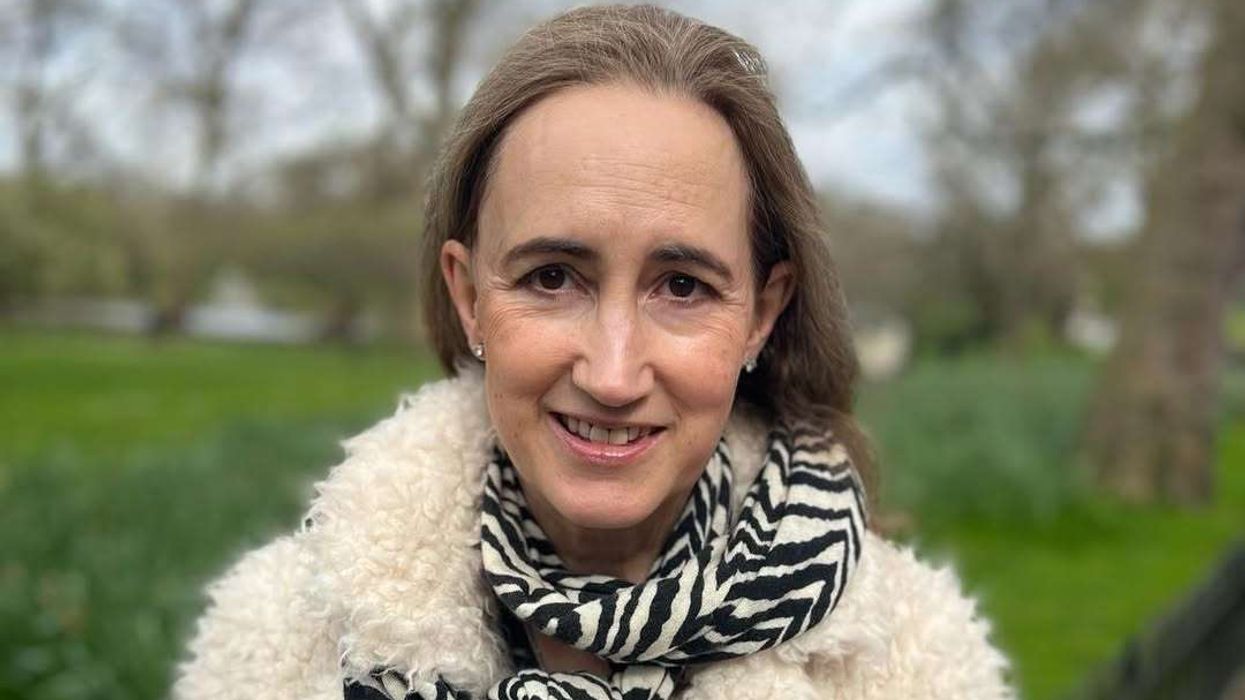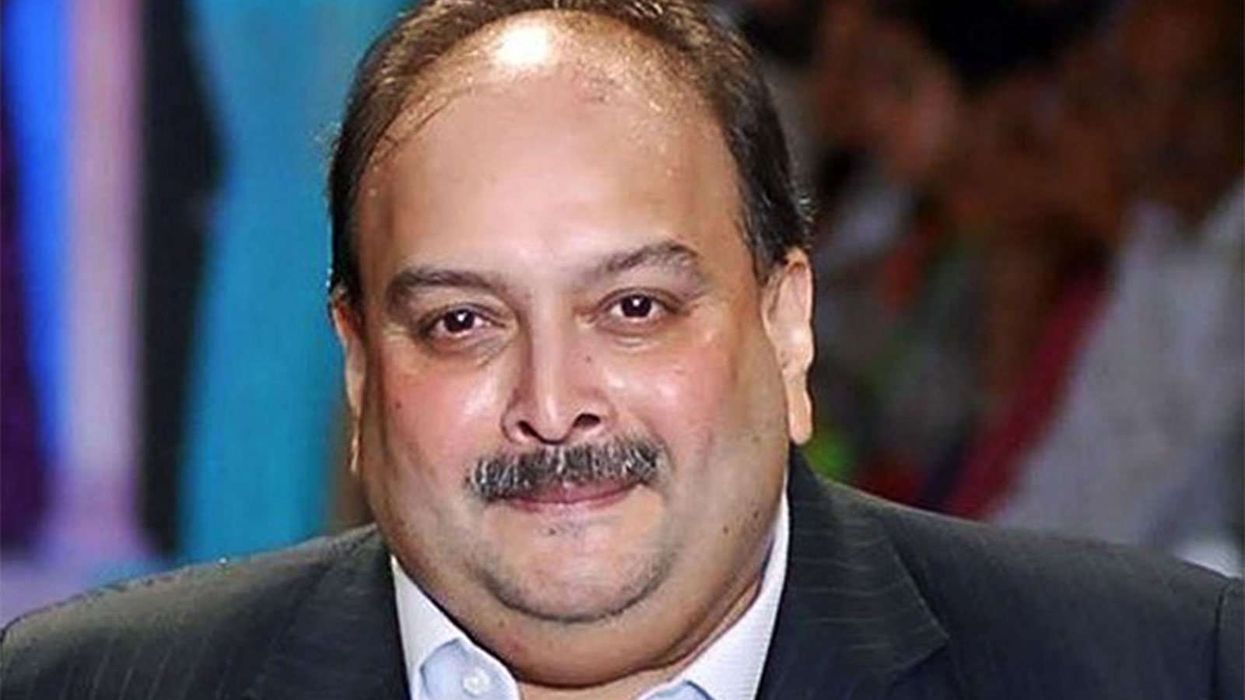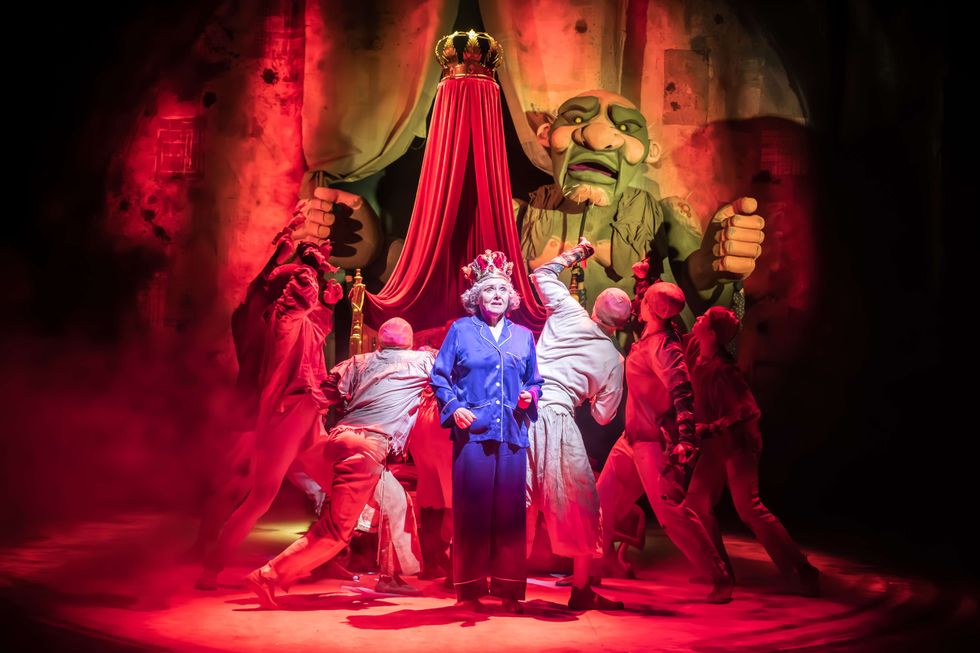TATA Motors plunged back into the red in the first quarter of 2019-20 with India's number one car maker on Thursday (25) blaming the losses on lower sales by its luxury Jaguar Land Rover brand.
Tata said it lost Rs 36.99 billion ($536 million) in the three months up to June 30, up from a loss of Rs 19.02bn a year earlier.
The heavily indebted company has now suffered losses in four of the last five quarters. It managed a profit of Rs 11.17bn ($160m) for the previous quarter.
Rating agency Fitch also downgraded Tata Motors, citing risks to its "profitability and cash generation over the next two-three years". This sparked a 4.5 per cent fall in Tata Motors shares on the Bombay Stock Exchange on Thursday.
Fitch highlighted uncertainty about Britain's withdrawal from the European Union. Most Jaguar and Land Rover production is in Britain.
Tata Motors chief executive Guenter Butschek said "the continued slowdown across the auto industry due to weak consumer sentiments" had hit sales of Jaguars and Land Rover.
Tata Motors said its revenue fell by 7.7 per cent, but record sales in Britain helped offset the poor market.
"With China stabilizing and an exciting product lineup, JLR expects to return to growth soon," Butschek added. The company is now investing in electric cars in a bid to rejuvenate its image.
Tata said it sold 1.36 million vehicles in the latest quarter, down 22.7 percent against the same quarter last year.
Earlier this month, India reported its eighth successive monthly fall in car sales as a weak economy hits demand. Several carmakers, including Mahindra & Mahindra, have slashed production.
(AFP)





 The BFG - production images Royal Shakespeare Company/(c) Marc Brenner
The BFG - production images Royal Shakespeare Company/(c) Marc Brenner  BFG production images, directed by Daniel Evans. Royal Shakespeare Theatre, taken in November 2025.Royal Shakespeare Company/(c) Marc Brenner
BFG production images, directed by Daniel Evans. Royal Shakespeare Theatre, taken in November 2025.Royal Shakespeare Company/(c) Marc Brenner BFG production images, directed by Daniel Evans. Royal Shakespeare Theatre, taken in November 2025.Royal Shakespeare Company/(c) Marc Brenner
BFG production images, directed by Daniel Evans. Royal Shakespeare Theatre, taken in November 2025.Royal Shakespeare Company/(c) Marc Brenner





